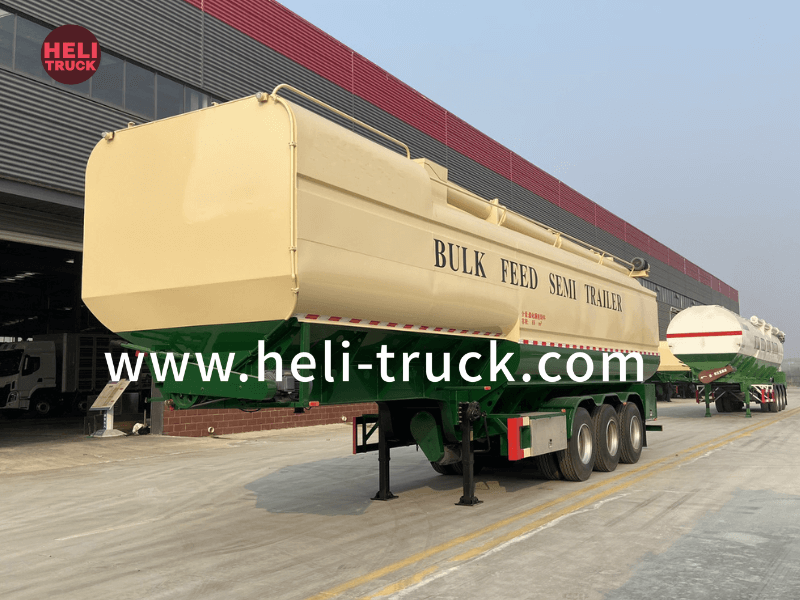Efficient Work Truck Unloading Procedures Best Practices and Safety Measures
Introduction
Work trucks are essential vehicles used in various industries for transporting goods, equipment, and materials. Proper unloading procedures are crucial to ensure efficiency, safety, and productivity at the worksite. In this article, we will discuss the best practices and safety measures for unloading work trucks effectively.
1. Preparing for Unloading
Before starting the unloading process, it is important to carry out a thorough preparation to ensure a smooth operation. Here are some key steps to consider:
1.1 Check the Load: Inspect the load to ensure that it is properly secured and balanced. Verify that the cargo is within the weight limit of the work truck and that it is not damaged or leaking.
1.2 Plan the Unloading Area: Identify a safe and designated unloading area where the work truck can be parked securely. Ensure that the area is clear of obstacles and that there is enough space for maneuvering.

1.3 Secure the Work Truck: Before unloading, make sure to apply the parking brake and chock the wheels to prevent any accidental movement of the work truck during the unloading process.
1.4 Gather Necessary Equipment: Depending on the nature of the cargo, you may need specific equipment such as forklifts, pallet jacks, or lifting straps to safely unload the materials from the work truck.
2. Unloading Procedures
Once the preparation is complete, you can proceed with the unloading process following these best practices:
2.1 Communicate Effectively: Before starting the unloading process, establish clear communication between the driver of the work truck and the personnel involved in unloading. Use hand signals, radios, or other communication devices to coordinate the operation.
2.2 Follow Safety Guidelines: Adhere to all safety guidelines and protocols while unloading the work truck. Wear appropriate personal protective equipment (PPE) such as gloves, safety glasses, and steel-toed boots to prevent injuries.
2.3 Unload in Sequence: If the work truck is carrying multiple types of cargo, unload them in a specific sequence to ensure efficient handling and organization. Follow a predetermined plan to streamline the unloading process.
2.4 Use Proper Lifting Techniques: When unloading heavy or bulky items, use proper lifting techniques to prevent strain or injury. Bend your knees, keep your back straight, and lift with your legs to avoid back injuries.
2.5 Inspect the Cargo: As the cargo is being unloaded, inspect it for any damage or discrepancies. Note any issues and report them to the appropriate personnel for further action.
3. Safety Measures
Safety should always be a top priority when unloading work trucks to prevent accidents and injuries. Here are some safety measures to consider:
3.1 Wear PPE: As mentioned earlier, wearing the appropriate PPE is essential to protect yourself from potential hazards during the unloading process. Make sure all personnel involved are equipped with the necessary safety gear.
3.2 Maintain a Safe Distance: Keep a safe distance from the work truck while unloading to avoid being struck by moving parts or falling objects. Establish a designated zone for personnel to stand clear of any potential hazards.
3.3 Secure the Cargo: Ensure that the cargo is properly secured and stabilized during unloading to prevent shifting or falling. Use straps, chains, or other securing devices to keep the load in place.
3.4 Follow Traffic Regulations: If the unloading area is near a roadway or active traffic zone, follow all traffic regulations and signals to prevent accidents. Use warning signs or cones to alert drivers of the unloading operation.
3.5 Be Aware of Surroundings: Stay alert and be aware of your surroundings at all times during the unloading process. Watch out for overhead obstacles, uneven surfaces, or other hazards that could pose a risk to personnel or equipment.
4. Post-Unloading Procedures
After the cargo has been successfully unloaded from the work truck, there are some post-unloading procedures to complete:
4.1 Secure the Work Truck: Once the unloading is complete, secure the work truck by applying the parking brake, removing the wheel chocks, and double-checking that all doors and compartments are closed and locked.
4.2 Clean Up the Area: Remove any debris, packaging materials, or other waste generated during the unloading process from the unloading area. Keep the area clean and organized for the next operation.
4.3 Document the Unloading: Maintain accurate records of the unloading process, including the time, date, type of cargo, and any issues or incidents that occurred during unloading. This documentation can be helpful for tracking purposes and liability management.
Related Site unloading procedures are essential for ensuring the safe and productive operation of businesses in various industries. By following the best practices and safety measures outlined in this article, organizations can streamline their unloading processes, minimize risks, and promote a culture of safety at the worksite. Remember to prioritize safety, communication, and proper handling techniques when unloading work trucks to achieve optimal results.